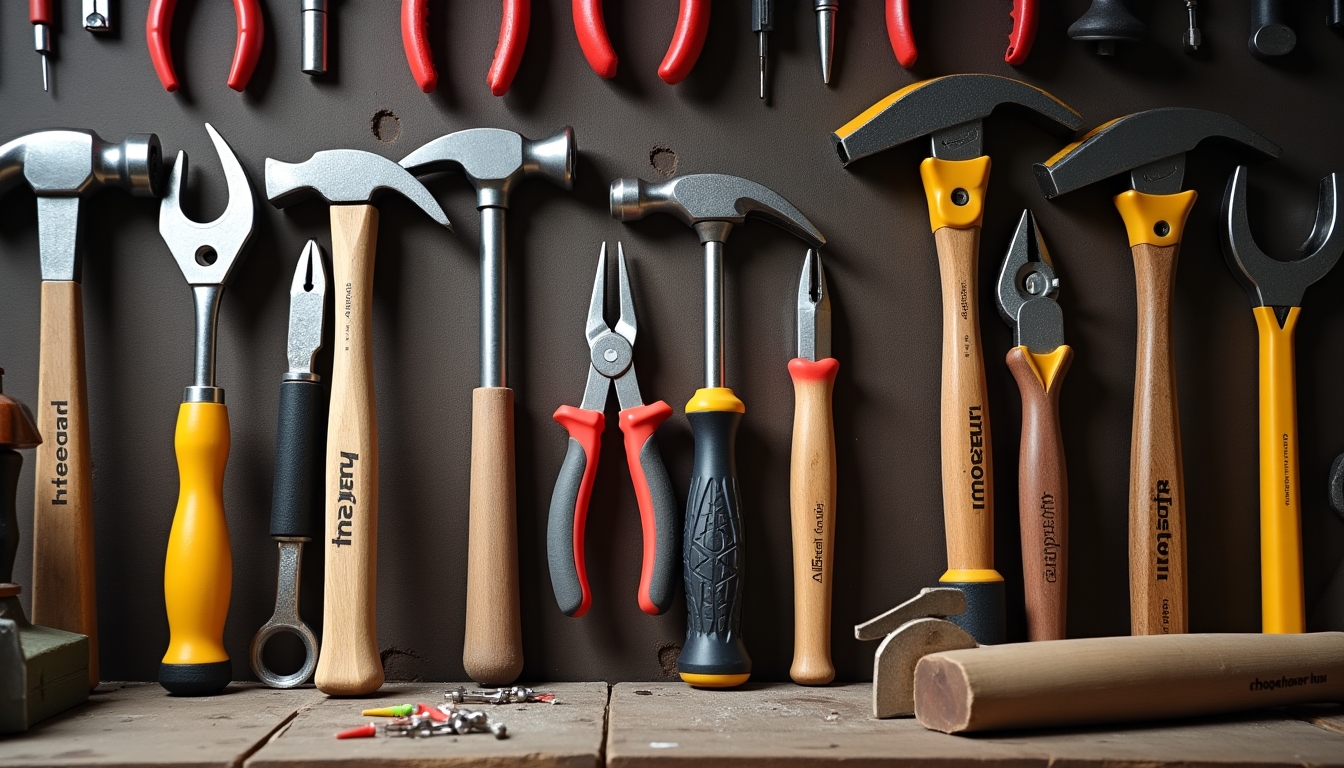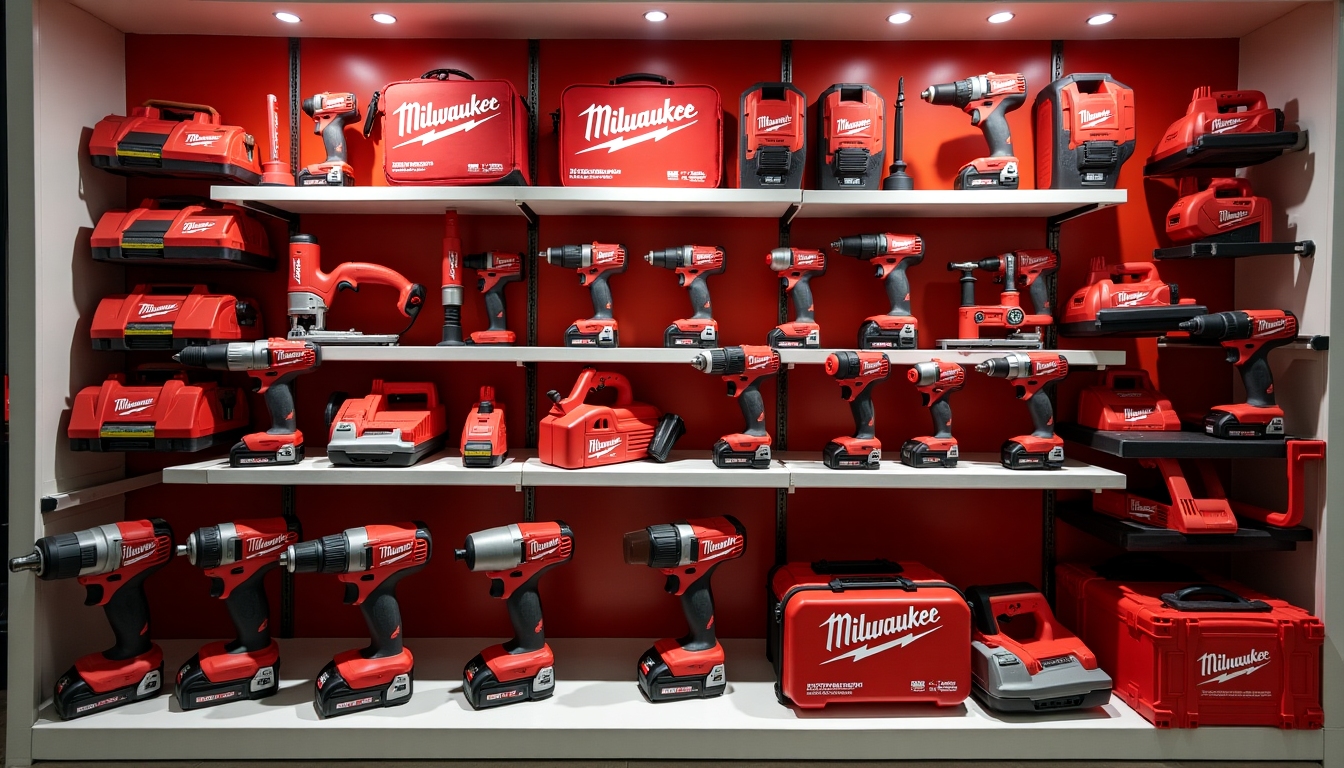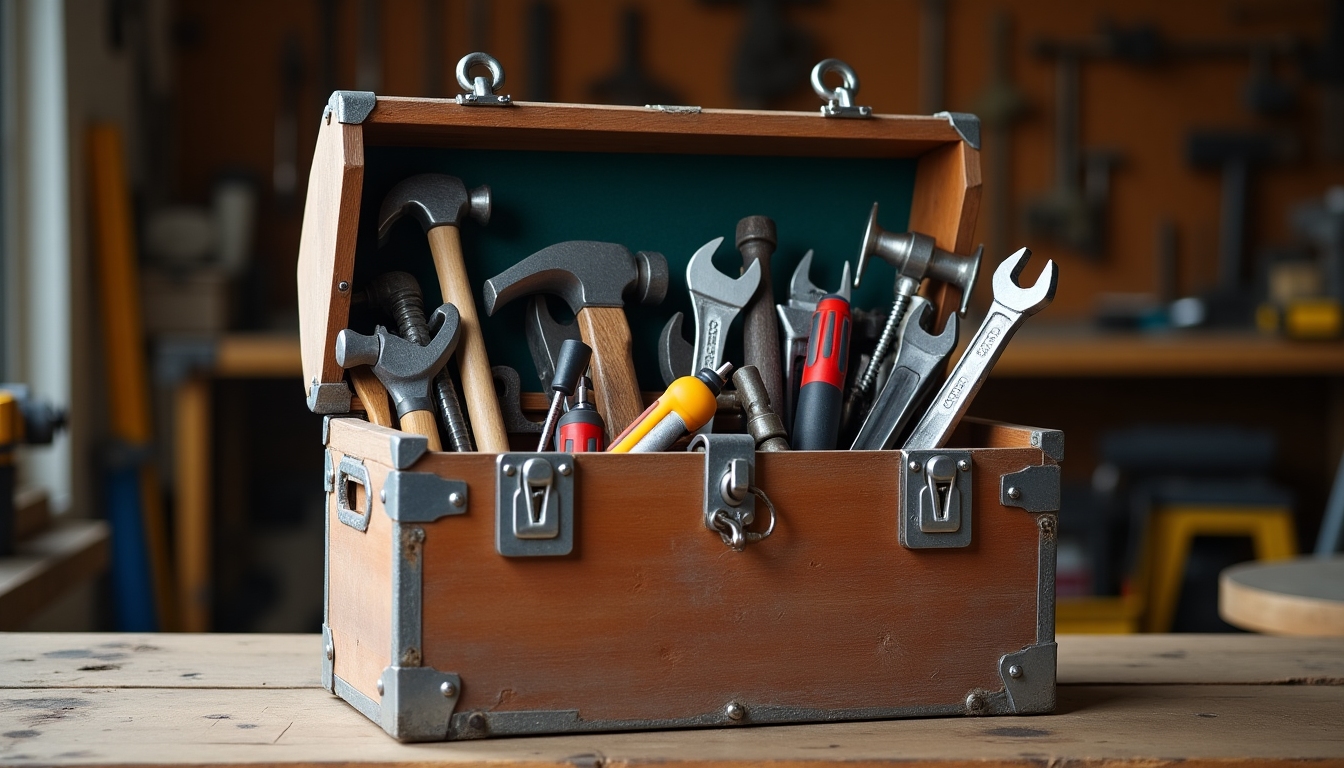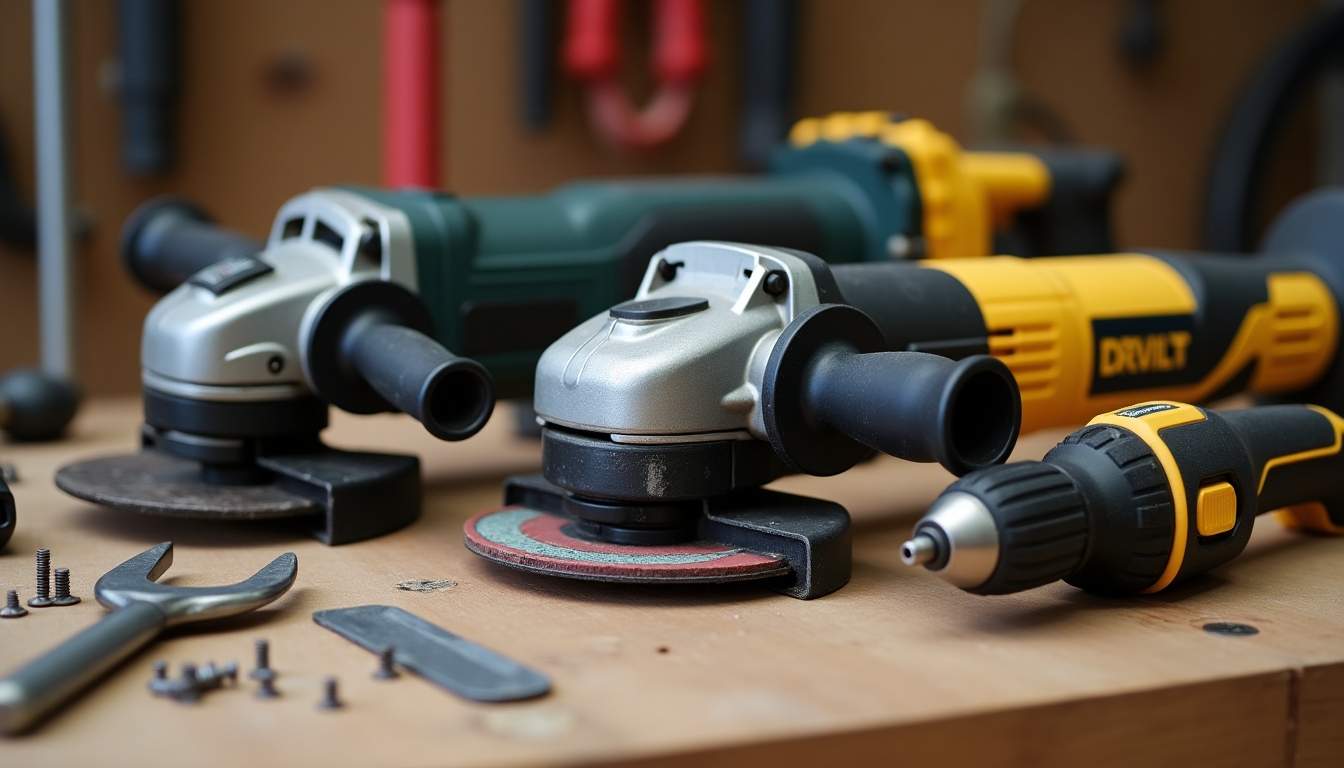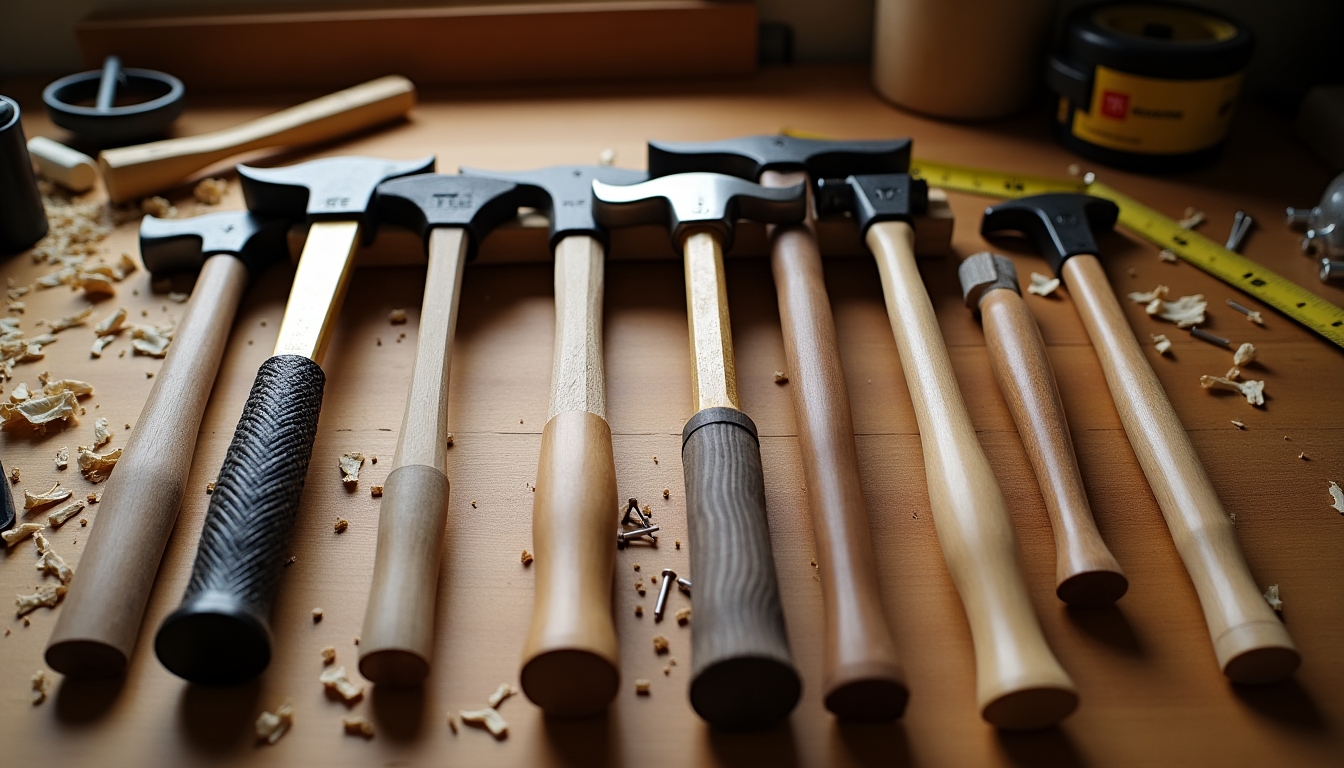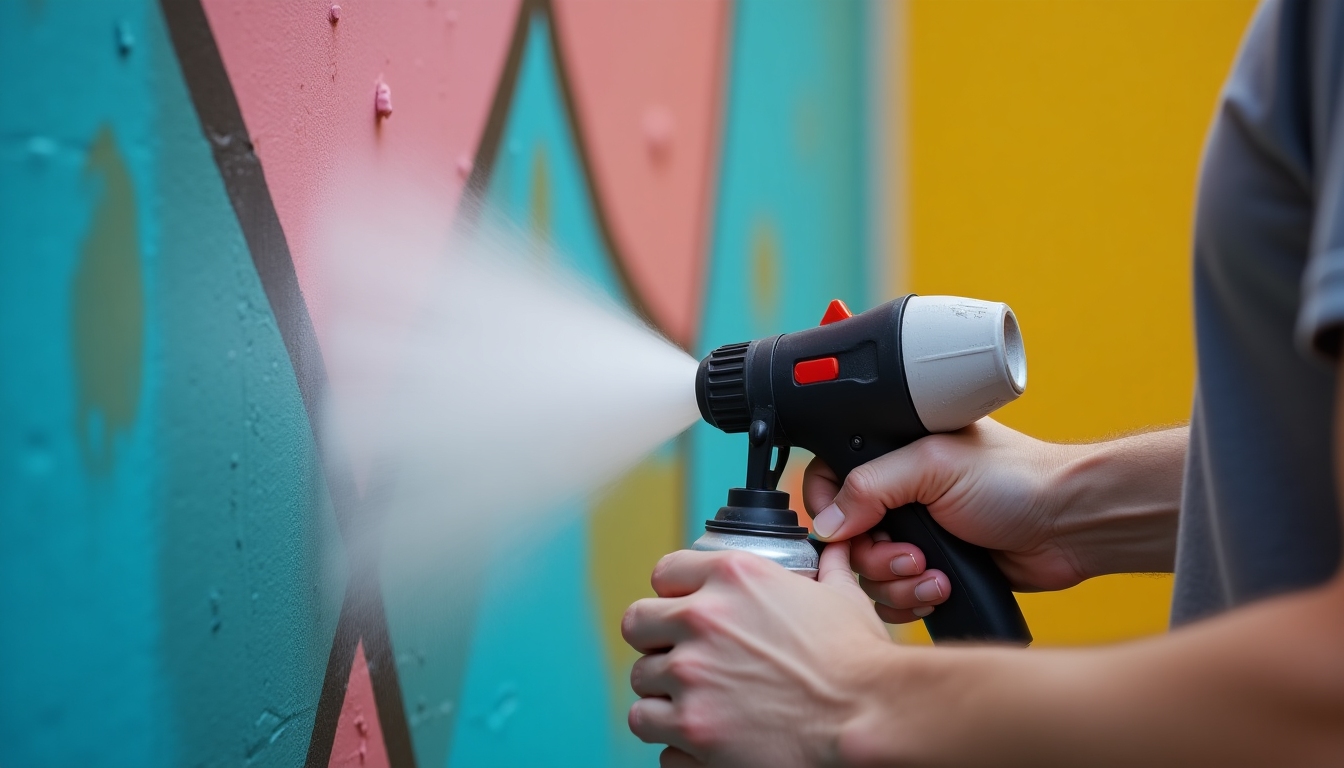Choosing the Right Wrench Size: A Handy Guide
Whether you're a professional mechanic or a DIY enthusiast, knowing how to choose the right wrench size can make or break your project. From precision to power, your selection can transform your work efficiency.
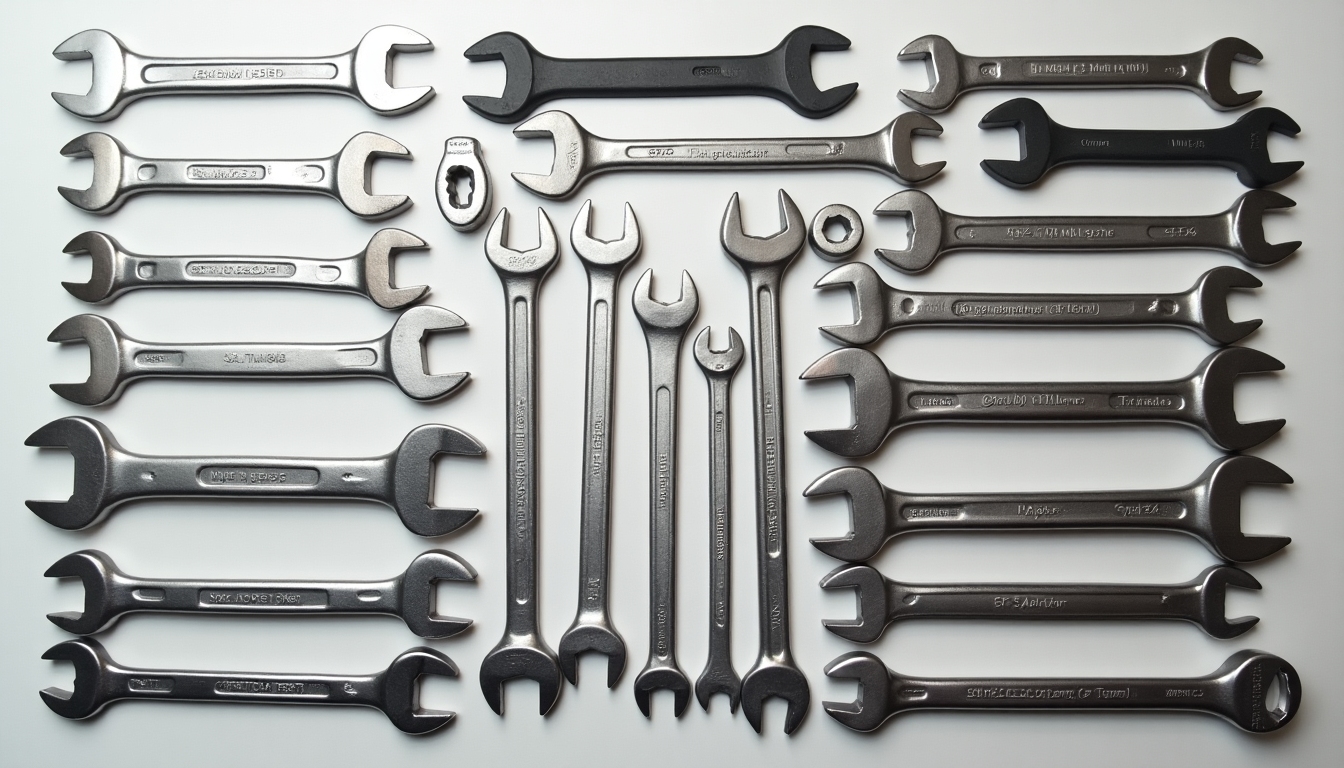
Why the Right Wrench Size Matters
Using the correct wrench size isn't just about completing a task; it's about doing it safely and efficiently. The wrong size can strip nuts and bolts, leading to costly repairs or replacements. Moreover, it can be physically taxing and frustrating.
The Basics of Wrench Sizes
Wrenches come in a variety of sizes and types, typically measured in millimeters (mm) or inches. Understanding the size system used by the nut or bolt is crucial. Here are some commonly used wrench types:
- Open-end wrenches
- Box wrenches
- Combination wrenches
- Adjustable wrenches
Each type serves specific purposes and fits particular size ranges. Familiarizing yourself with these options can simplify your selection process.

How to Choose the Right Wrench Size
Consider the Task
First, identify what you need to tighten or loosen. The type of object will determine the wrench size and type required. For instance, car repairs might need metric sizes, while home plumbing often uses standard sizes.
Measure the Nut or Bolt
To choose the right wrench, measure the nut or bolt diameter before selecting a tool:
- Use a caliper to measure the size of the nut accurately.
- Match the measurement with the corresponding wrench size.
Alternatively, if you frequently work on similar projects, invest in a quality wrench set covering a wider range.
Personal Experience Tip:
"At one point during a home renovation, I repeatedly reached for my adjustable wrench. While convenient, its lack of precision sometimes wore down bolt corners. Ensure you use the exact fit for important tasks."
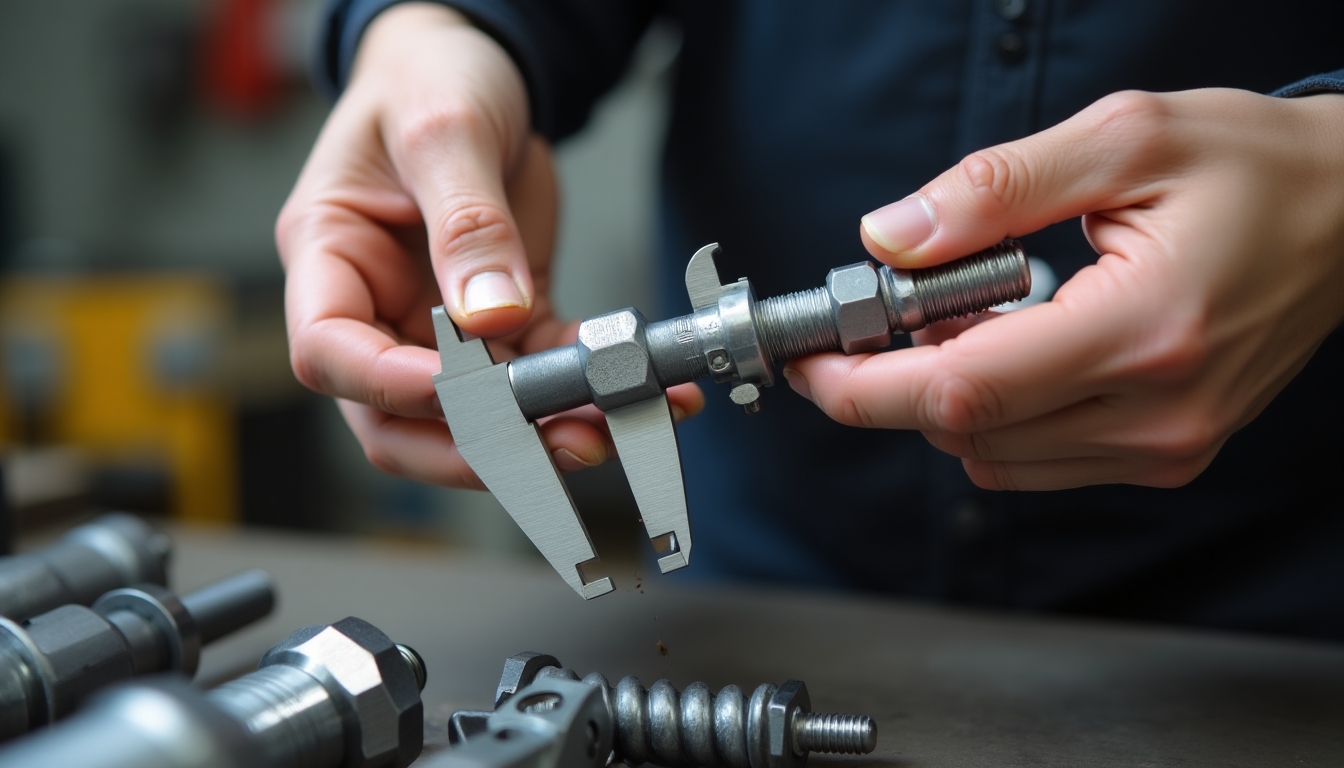
The Versatility of Adjustable Wrenches
Though not a perfect fit for every nut, adjustable wrenches offer flexibility, making them a handy tool in uncertain situations. Their versatility can be a blessing for small, unexpected tasks or when precision isn't critical.
However, frequent use where precision matters can lead to issues like rounded bolts. Hence, it's advisable to lean more on fixed-size wrenches when precision is paramount.
Pros and Cons of Adjustable Wrenches:
| Pros | Cons |
|---|---|
| Flexibility | Can loosen over time |
| Space-saving | Less precision |
| Cost-effective | Potential damage |
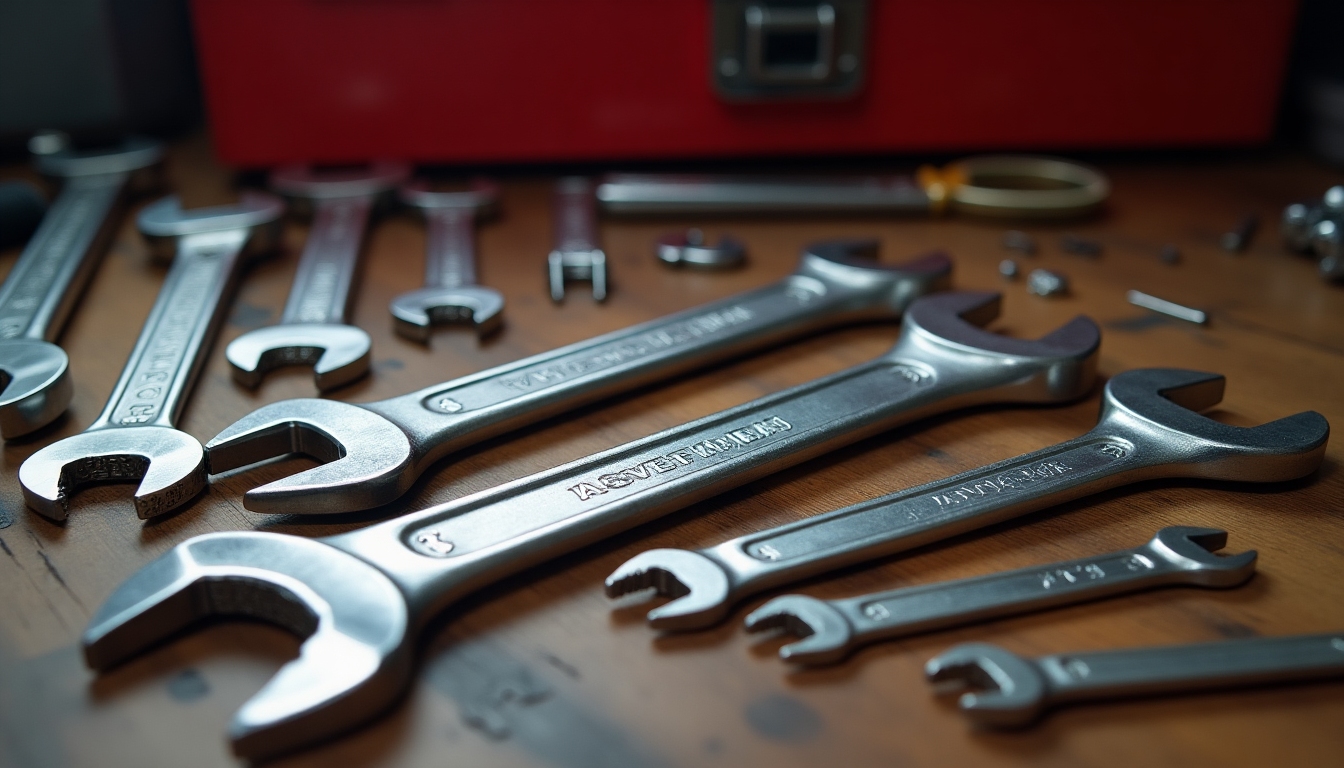
Tips for Maintaining Your Wrenches
Taking care of your tools will extend their life and performance. Here are some tips:
- Regular Cleaning: Clean your wrenches after each use to prevent rust.
- Proper Storage: Store in a dry, organized tool chest.
- Avoid Overuse: Use the correct wrench type to maintain effectiveness.

Summary
Selecting the right wrench size involves choosing the right type for your particular task, measuring your nut or bolt, and considering the pros and cons of adjustable versus fixed-size tools. By following these tips, you will ensure your projects are completed more efficiently and effectively.
Recommended Readings
Incorporating the tips shared will empower your project tool selection and usage, enhancing both the speed and quality of outcomes.
Read More to Deepen Your Understanding
- The Ultimate Guide to Wrench Types
- Tips for Maintaining Your Workman Tools
- Everything You Need to Know About Workman Tools
Related how to choose the right wrench size:
- High-Quality Workman Tools: A Professional's Guide
- A Guide to Popular Brands for Workman Tools
- Essential Workman Tool Maintenance Tips
- Top-Ranking Guide on Tool Belts for Construction Workers
- Guide to Plumbing Tools: Essential Workman Tools for Every Project
- Ergonomic Workman Tools for Comfort: A Comprehensive Guide
- Essential Power Tools for Metalworking
- Essential Tools for Every Handyman
- Explore Specialty Hammers for Crafts & Hobbies
- Unlocking Efficiency: Innovative Painting Tools
- Essential Workman Tools for Metalworking
- Best Wrench Sets for Construction Workers: A Comprehensive Guide
